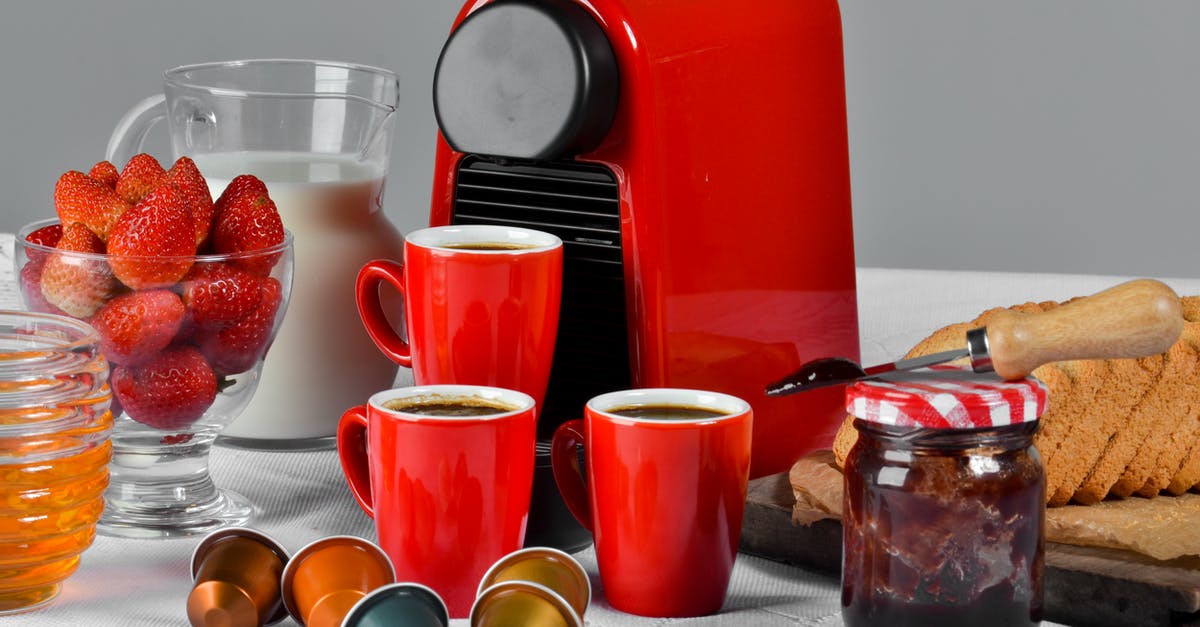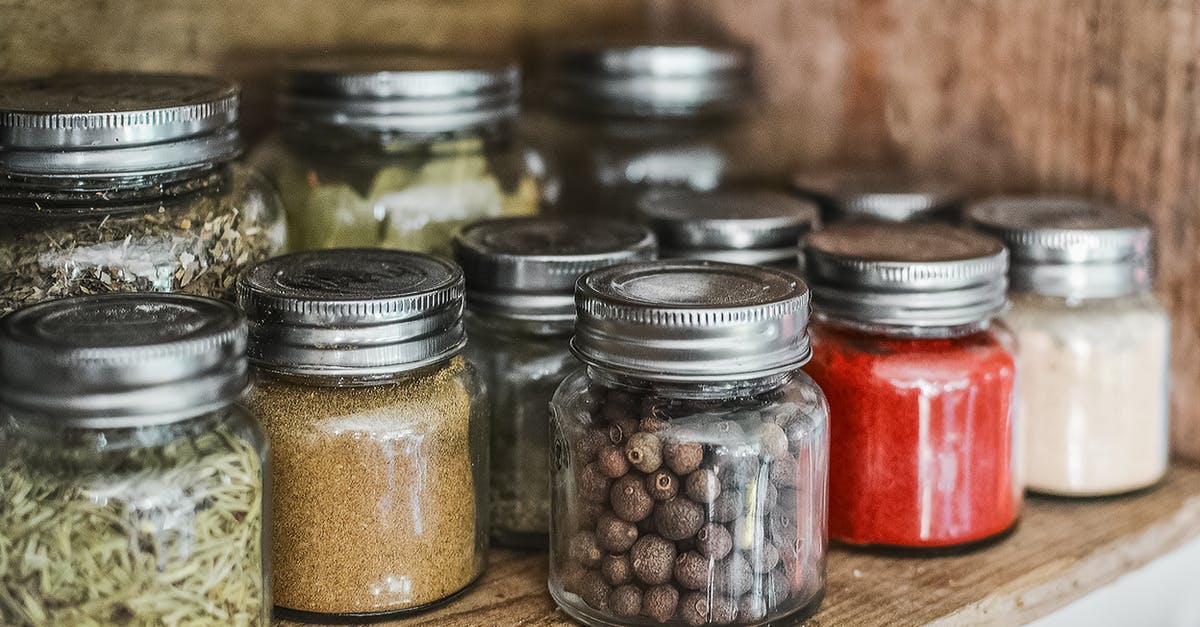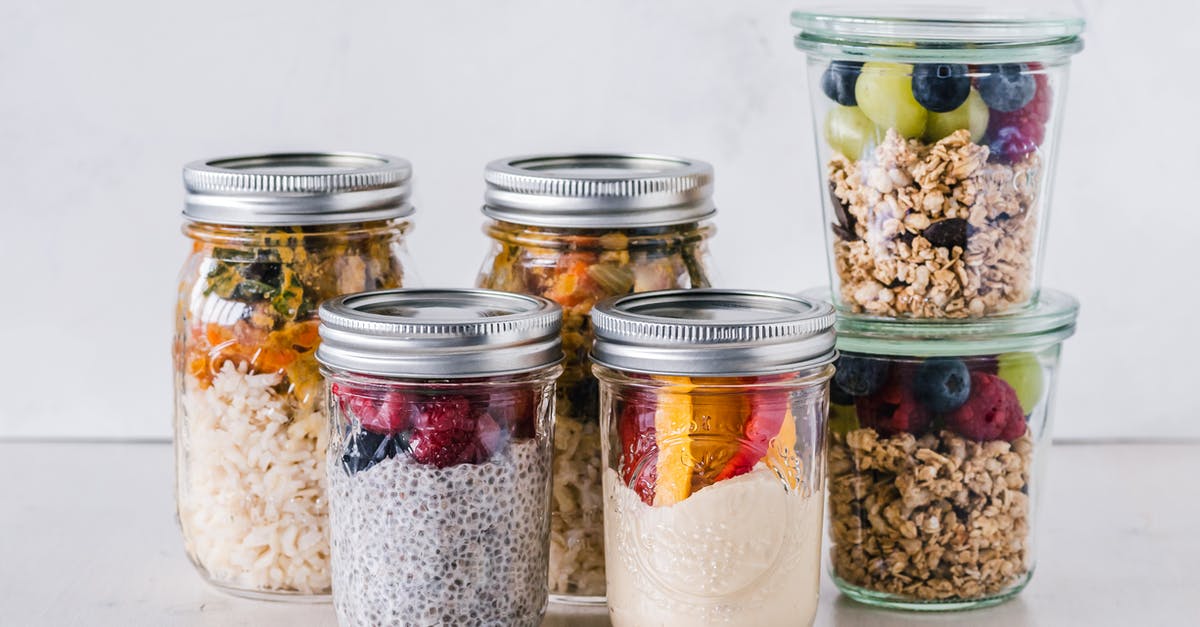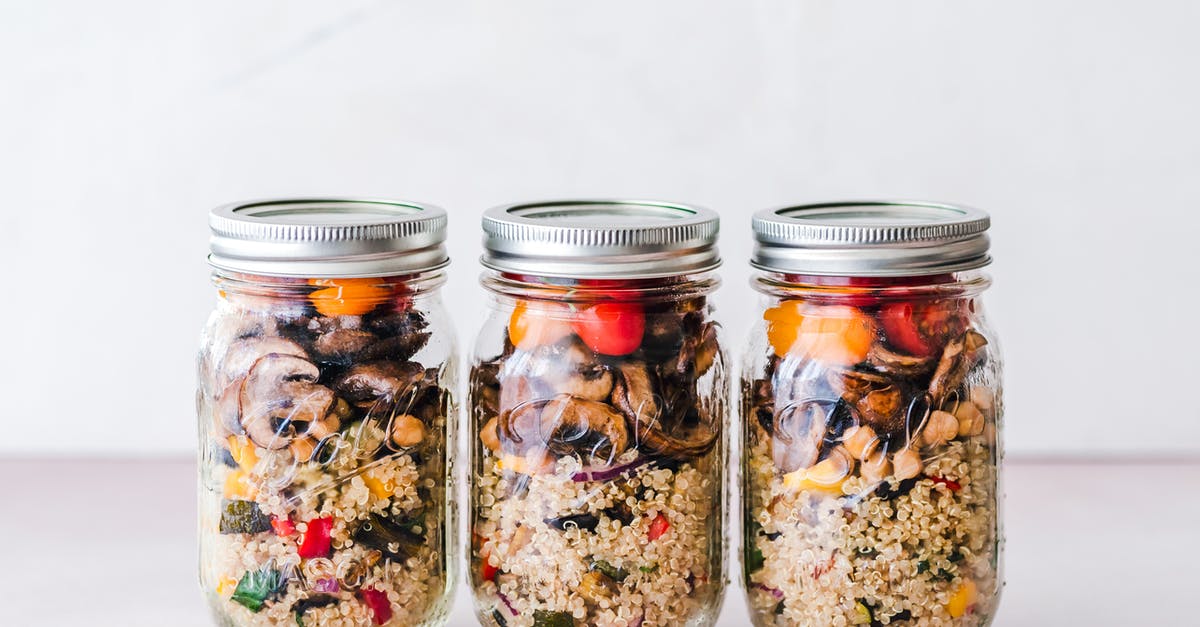Jellies and jams: what is most important to preserve the food?

I've seen many jelly and jam recipes. Some with and without gelatin, generally all with sugar and in varying amounts. However, I am wondering what is most important for the preserving the food.
I know that gelatin helps preserve the jam/jelly by cutting the flow of air. However, is there something else in gelatin that is doing the work? If not can it be substituted by Irish Moss or Agar?
Sugar seems to have a gelatinizing effect also (less than actual gelatin though). Is it the gelatinizing effect that is helping to preserve the food, or is something else happening chemically?
Cooking is also used for food preservation, but it seems you can also have raw preserves.
Just asking the question has me asking many more. I also realize there are many books on the subject, but I guess this is my first step in a deeper understanding of the subject.
Best Answer
Jams and jellies most commonly use pectin, not gelatin. But in either case, the purpose is to make it set, i.e. gel up. It's just about texture, not preservation. Without that you'd have a thick liquid, not really much good for spreading on things.
The main ingredient that contributes to safety of canned jam and jelly are is acid: the natural acidity of the fruit you're canning, plus possibly added citric acid or lemon juice. They create an inhospitable environment for whatever survives the canning process. The sugar content does help too, but the pH is the primary concern.
The canning process is also critical. Primarily, it creates a vacuum seal on the jar so that no recontamination happens. Without that, pretty much anything would eventually grow mold. Additionally, pressure canning allows the contents to reach an even higher temperature, killing even more bacteria, allowing for canning of foods without high acid and sugar level like vegetables.
All of this is pretty hard to verify on your own, and the consequences of improperly canned food can be pretty bad (severe food poisoning, possible death), hence the usual recommendation to only use recipes from trusted sources.
If on the other hand you're talking about small batches of jam or jelly that you just keep in the refrigerator without ever canning them, you don't exactly have preserved food. It'll last a while, much longer than raw fruit, but there's a good chance it'll eventually mold.
It's still the acid and sugar that make the difference, though. I'm don't think air flow is really an issue here as you suggest. If you didn't use gelatin or pectin, that thick liquid would still only have air contact on the surface, which is already pretty much the best possible scenario.
Pictures about "Jellies and jams: what is most important to preserve the food?"



Quick Answer about "Jellies and jams: what is most important to preserve the food?"
The main ingredient that contributes to safety of canned jam and jelly are is acid: the natural acidity of the fruit you're canning, plus possibly added citric acid or lemon juice. They create an inhospitable environment for whatever survives the canning process.How do jellies and jams preserve food?
They are thickened or jellied to varying degrees. The traditional jellies and jams are preserved primarily by sugar. For proper texture, jellied fruit products require the correct combination of fruit, pectin, acid and sugar. The fruit gives each spread its unique flavor and color.Which preservative is used to preserve jams and jellies?
Sodium benzoate is a common preservative used in acidified food such as fruit juices, jams, pickles, preserves, fruit cocktails, etc.Which preservation is used in jam?
3.1 Benzoic acid in the form of its sodium salt, constitutes one of the most common chemical food preservative. Sodium benzoate is a common preservative in acid or acidified foods such as fruit juices, syrups, jams and jellies, sauerkraut, pickles, preserves, fruit cocktails, etc.How do you preserve jellies?
Preserve for Now or LaterSusan Hill: Food Preservation Basics - Jams and Jellies
More answers regarding jellies and jams: what is most important to preserve the food?
Answer 2
In India, there are typical traditional ways of Making Jam, Sauce, Candies of Fruits like Pickling, Drying, etc. In your case with Jam, you can always try Preserving. Try the following method, Step 1: Make a 3/4 Inch Layer of Powdered Sugar in a Transparent Glass Jar Step 2: Follow it with a Layer of Fruit (Grated, Steamed Pulp, etc.) (Note: Fruits must be spread horizontally & not Stacked Vertically) Step 3: Repeat Steps 1 & 2 (Last Layer should always be of Sugar) Step 4: Take a Cotton Cloth & tie it on Mouth of Jar, covering Until Neck. Step 5: Expose the Jar in Sun for Few Days.
Though, the process is not Instant & very Tedious. But this slow cooking process will help to Lock the Freshness, Taste & Essentials in any Fruit in best Man-Made Way. Sugar is a Great Preservative, but White Sugar is a Silent Killer, so as an alternative one can always try Brown-Yellowish Sugar which not only is free from Chemicals, but is also a great Flavor Enhancer.
I Usually do this with Seasonal Fruits. Jam's created in this way lasts for One Year at Room Temperature in Indian Climate. I also add a Pinch of Salt with the Total Sugar, as this acts as a Catalyst to the whole process & also is Taste-Bud Enhancer.
Sources: Stack Exchange - This article follows the attribution requirements of Stack Exchange and is licensed under CC BY-SA 3.0.
Images: Karine Monteiro, Pixabay, Ella Olsson, Ella Olsson
